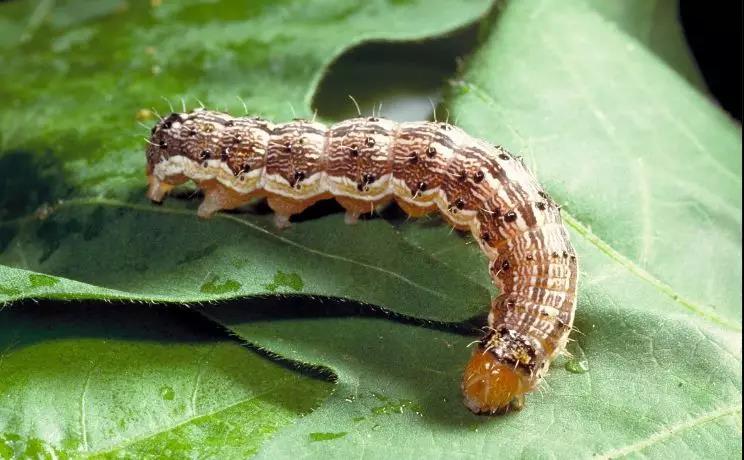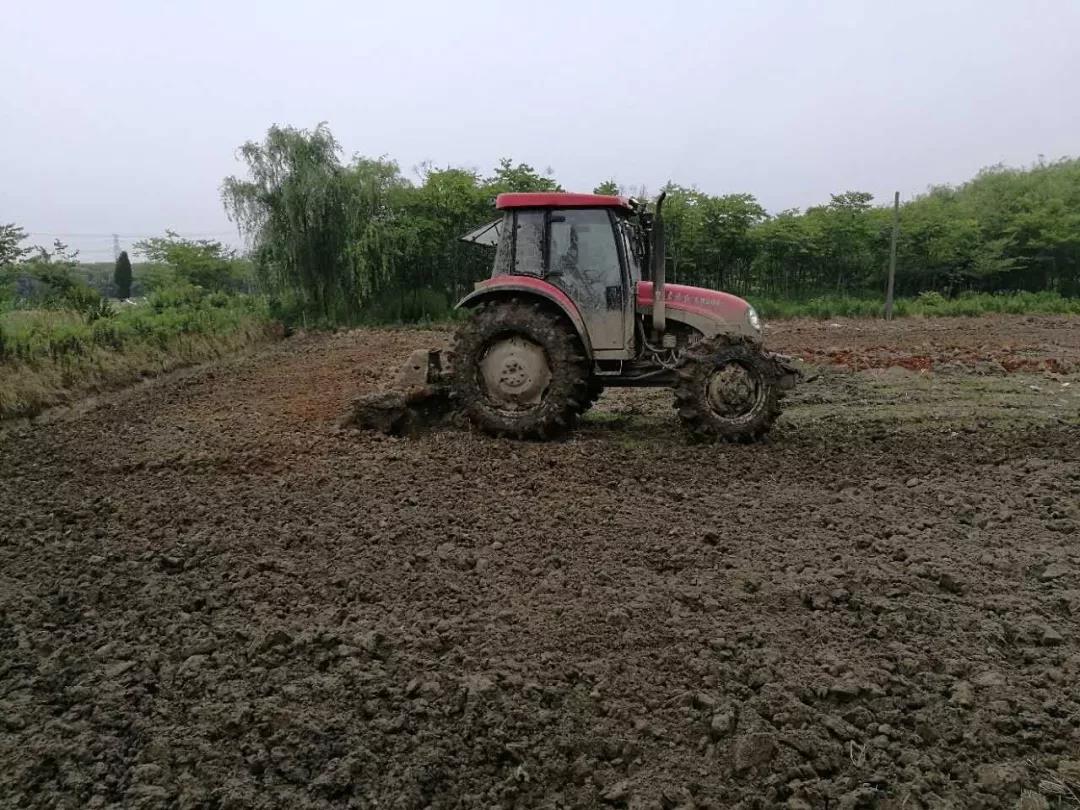According to the survey, there are a large number of old larvae of cotton bollworms in crop fields such as corn, vegetables and cotton. During the harvesting process, most of the cotton bollworms fall into the soil and become phlegm and winter. If these cotton bollworms are normal wintering, they will surely lay a hidden danger for the outbreak of cotton bollworms next year. Therefore, it is an urgent task to grasp the autumn turn and reduce the overwintering insects such as cotton bollworm, ground tiger, aphid and spider mites.

It’s better to turn the night early and the depth is appropriate.
The autumn turn should be carried out early after the autumn harvest, so that there is sufficient time to ensure the soil ripening, which is conducive to the accumulation of soil in the late autumn, the establishment of soil tillage reservoirs, and the use of autumn and spring. If the tillage is too late, it will cause too much and too much surface, and reduce the quality of tillage, which is not only unfavorable for soil ripening, but also affects the quality of spring sowing. The depth of autumn turning is generally 25 to 30 cm.
Pay attention to soil moisture
The soil moisture content is suitable. After turning over the soil, the soil is finely broken and well preserved, and the resistance to the ground is small and the work efficiency is high. If the soil moisture is too large, it will form a sticky strip after turning over, and it will become dead after drying. Even if it is grounded many times, it will be difficult to smash and not be preserved. The soil is too dry, the resistance to the ground is large, the work efficiency is low, and the quality of the farming is poor. Autumn turning should give priority to ploughing soil-heavy plots to achieve loose soil and accelerate soil ripening. For the sandy soil with light soil texture, it can be turned over or taken every other year, which is more conducive to water storage and conservation, and at the same time, it can save investment in machine farming operations.

Autumn turns to be combined with winter irrigation
Autumn turn can turn most of the wintering pests and pathogens in the farmland under the soil layer, destroying the wintering place and making it unable to winter. The winter irrigation can make the water in the soil reach saturation, and the pests in the soil layer will suffocate and die. Thereby greatly reducing the wintering base of pests. Therefore, it is recommended to have water and irrigation conditions, and after the autumn turn, it is necessary to prepare the land for winter irrigation. Because only the irrigation before freezing can make the irrigation water smoothly penetrate into the soil tillage layer, save it, and realize the spring drought and autumn resistance. At the same time, soil freezing can be postponed, which is beneficial to soil microbial activities, promotes the transformation of soil nutrients, and improves soil fertility. Winter irrigation is generally carried out before the soil is frozen, probably before mid-November, and can be adjusted according to climatic conditions. Plots with small soil leakage can be carried out at the time of freezing, and reach the freezing with irrigation. If it is sandy loam soil, it can be filled with 70-100 cubic meters per mu, and other soils can be filled with 60-70 cubic meters per mu. Plots with a large amount of leakage should be carried out after freezing.
Contact: Mr. Ma
Phone: +86-0374-5699688
Tel: +86-0374-5699688
Email: [email protected]
Add: Fine Chemical Industry Park, Jianan District, Xuchang, Henan, China